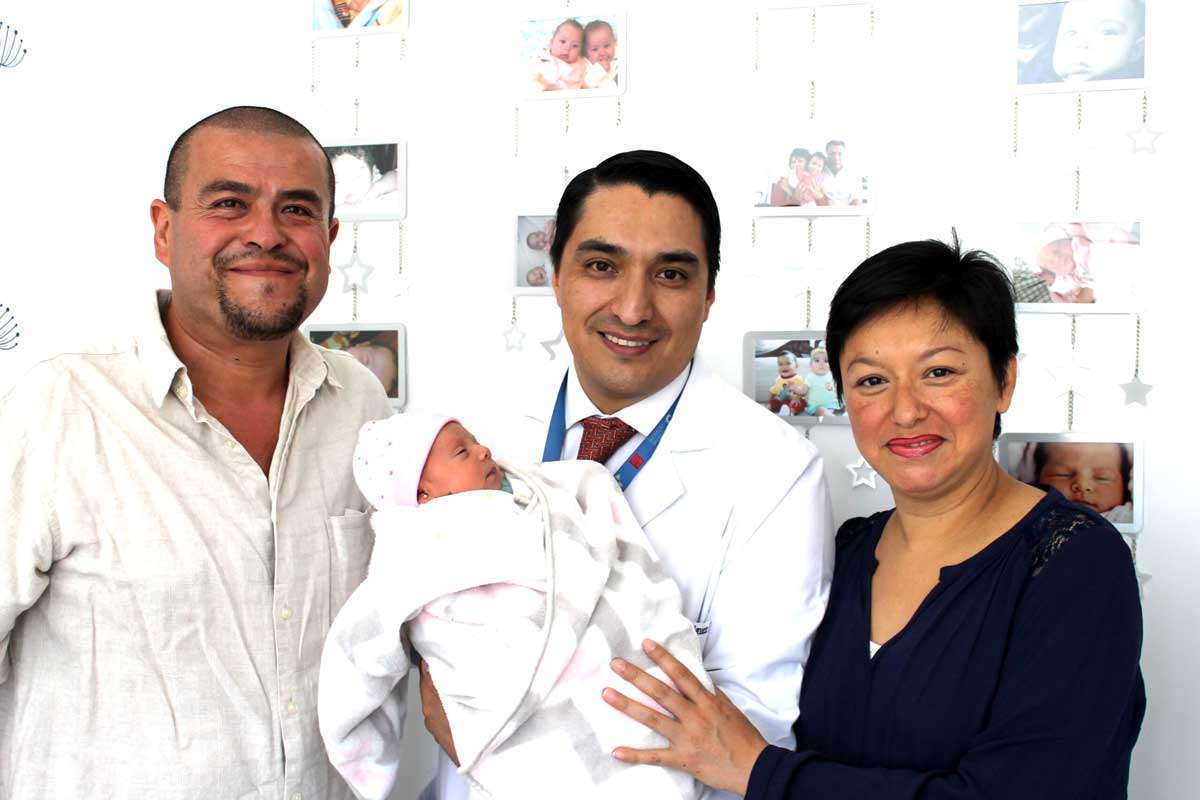The answer is yes, regardless of whether it affects fertility. In order to have a baby when a woman is living with endometriosis, it is very important to have a diagnosis from a specialist, as this way we will have a professional opinion and a personalized recommendation for the patient to become a mother.



